Results 1st Birds and Wildlife Camp, Mangystau, Kazakhstan
Last autumn, the EcoMuseum Karaganda and its Partners (Tabigi Orta, BRCC, NABU, CINEST and www.green-ca.org) successfully organised the first Birds and Wildlife Camp in the Mangystau Oblast of Kazakhstan. 15 participants from six countries (Kazakhstan, Germany, Azerbaijan, Bulgaria, Russia and Canada) spent two months surveying landscapes and fauna. They identified two key sites for migrating water birds: Kendirli Bay on the Caspian Sea and Karakol Lake near the city of Aktau. More than 20.000 water birds could be counted in a single day at both sites, which qualifies them as wetlands of international importance (Ramsar sites). While Karakol Lake was already suspected to deserve this status, our recent counts are the first proof that Kendirli Bay also meets this Ramsar site criterion!
Just as importantly, more than 100 rare raptors were confirmed to migrate through the area, along the coastline and especially through the hinterland beyond the Ustyurt plateau. Among the rarest were Steppe Eagle, Eastern Imperial Eagle, Golden Eagle, Short-toed eagle and Saker Falcon.
Against the background of future large-scale development of wind and solar power plants planned by the Hyrasia One project for the production of ‘green hydrogen’ in the Mangystau Oblast, it became clear that the project clusters selected so far are largely untouched semi-desert areas. The Ustyurt plateau in particular proved very important for migratory birds and mammals, although it quickly became obvious that much more biodiversity monitoring would be required to cover the vast areas of the Mangystau Oblast in any depth. Migrating birds, especially large endangered raptor species, fly over a broad corridor that two of the planned project clusters transect. This meant we had to cover a lot more ground than other bird camps in the region such as Batumi in Georgia or Besh Barmag in Azerbaijan, where counts focus on one or two points!
The whole Oblast is part of the Central Asian – Indian Flyway and the construction of any windmills will be harmful to biodiversity to some extent. Nevertheless, we believe there is a way forward. Targeting existing oil and gas industrial zones for further development, rather than pristine natural areas, can minimize environmental impacts while maximizing renewable energy potential. The needed infrastructure (roads and electricity lines) is already in place and most of these areas are situated near existing settlements, providing more accessible working places and leaving some space for the iconic wild species that also use the Mangystau Oblast.
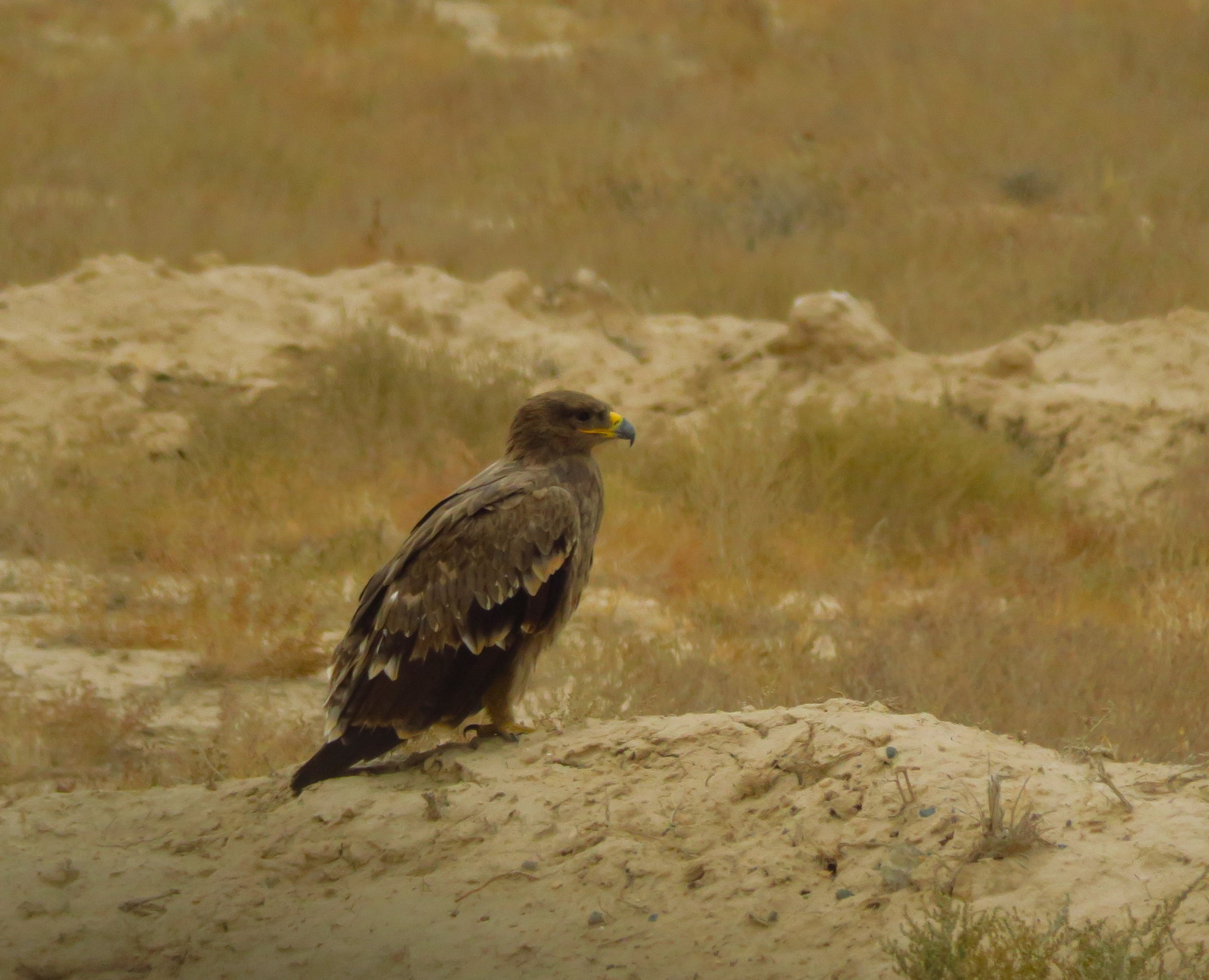
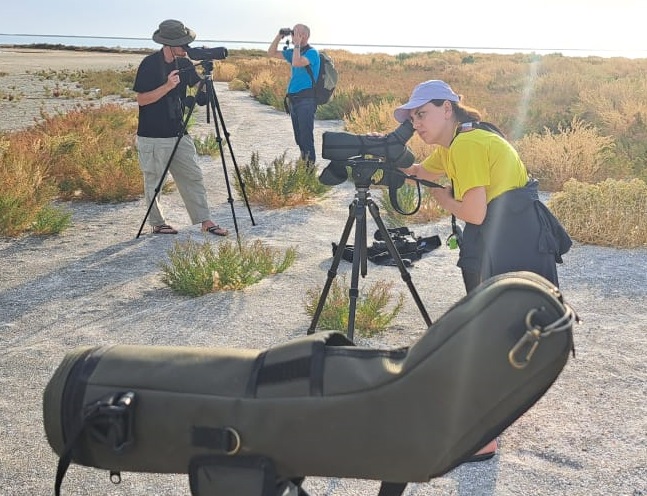
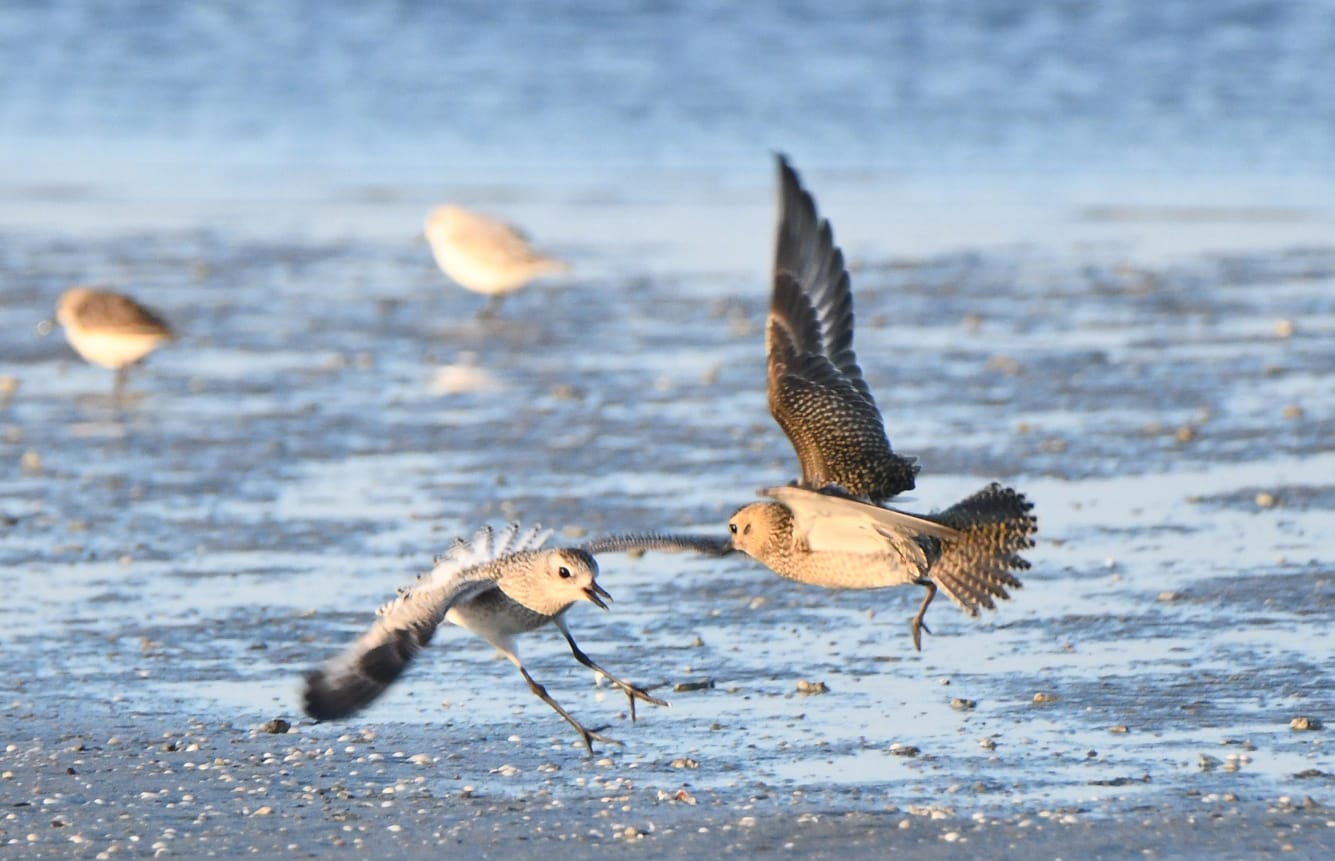
Осенью этого года ЭкоМузей Караганды и его партнеры (Tabigi Orta, BRCC, NABU, CINEST и www.green-ca.org) успешно провели 1-й лагерь “Птицы и звери Мангистауской области” в Мангыстауской области. Пятнадцать участников из шести стран (Казахстана, Германии, Азербайджана, Болгарии, России и Канады) провели два месяца, исследуя ландшафты и фауну. Результаты оказались весьма значительными. Как в районе залива Кендирли, так и на озере Караколь в окрестностях Актау удалось насчитать более 20.000 водоплавающих птиц во время их миграции на юг. Это позволяет отнести данные территории к числу важных международных Рамсарских угодий. Для залива Кендирли эта находка была новой!
Как на побережье, так на плато Устюрт было подтверждено прохождение более 100 редких хищников. Среди самых редких – степной орел, восточный могильник, беркут, Змееяд и балобан.
На фоне планируемых фирмой «Hyrasia» масштабных ветряных и солнечных электростанций по производству зеленого водорода в Мангистауской области стало ясно, что выбранные до сих пор кластеры нетронутых пустынных территорий и конкретно пустыни на плато Устюрт очень для для перелетных птиц и млекопитающих и строительство там должно быть пересмотрено. Стало ясно, что для охвата обширных территорий Мангистауской области необходимо гораздо больше данных мониторинга биоразнообразие, поскольку здесь нет узкого места, как в Батуми (Черное море) или Бешпармаке (западное побережье Каспийского моря). Вся область является частью Центрально-Азиатско-Индийского пролетного пути, и строительство ветряных мельниц для получения энергии ветра будет в определенной степени вредным.
Тем не менее, путь вперед есть. Приоритетное использование существующих нефтегазовых промышленных зон может минимизировать воздействие на окружающую среду и при этом максимально использовать потенциал возобновляемых источников энергии. Необходимая инфраструктура (дороги и линии электропередач) уже существует, а территории расположены вблизи населенных пунктов, что обеспечит доступность рабочих мест.
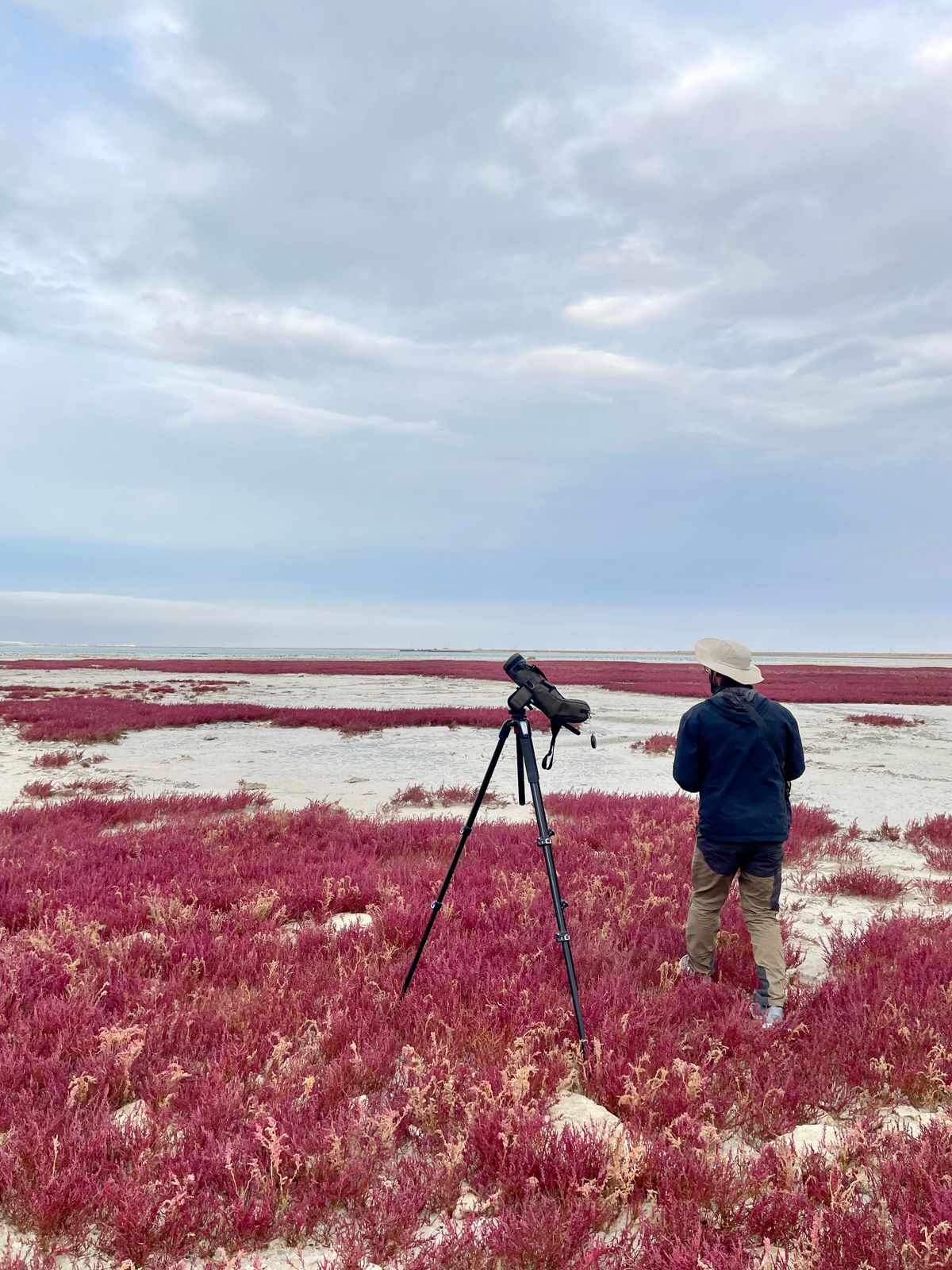

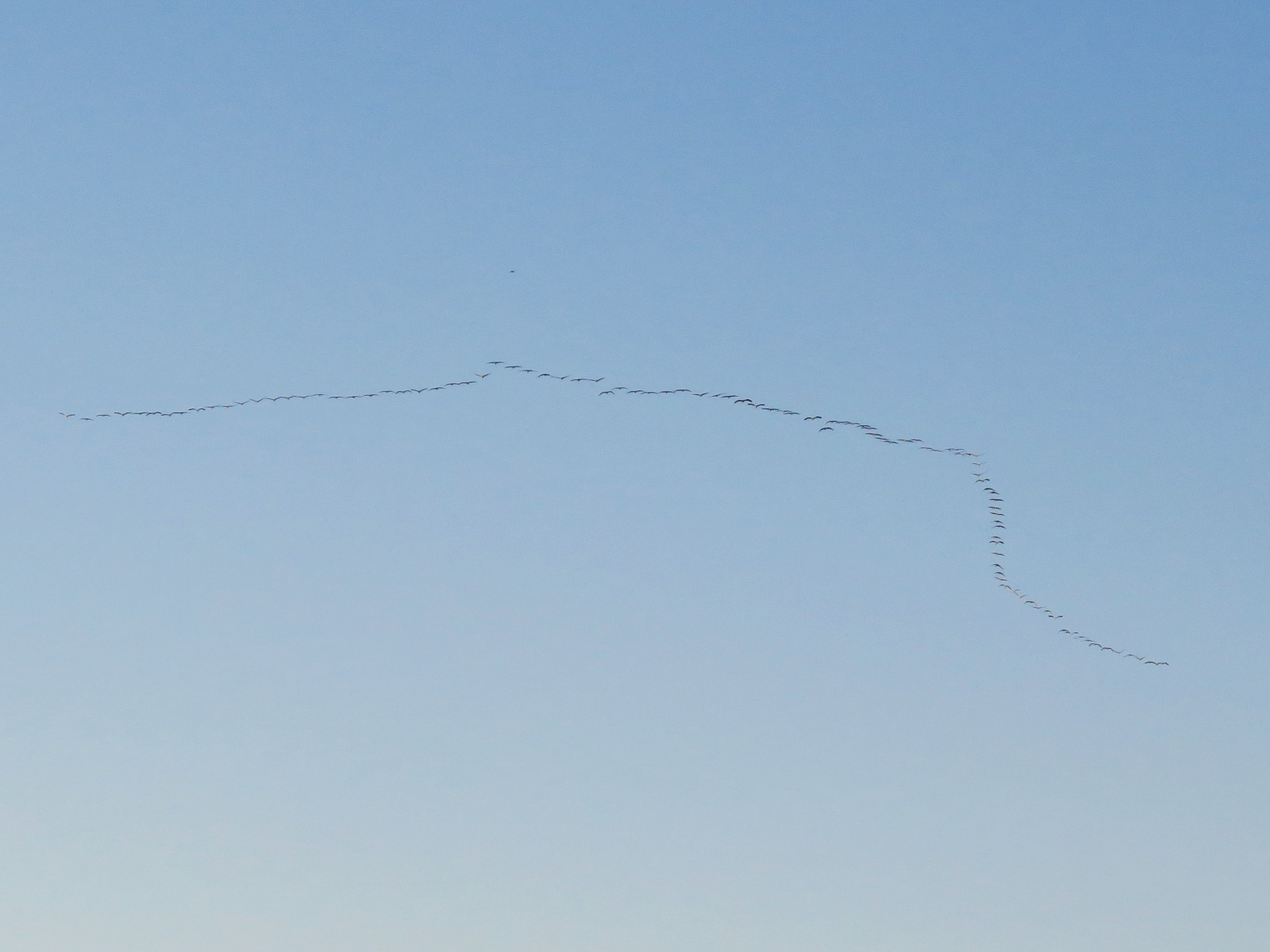
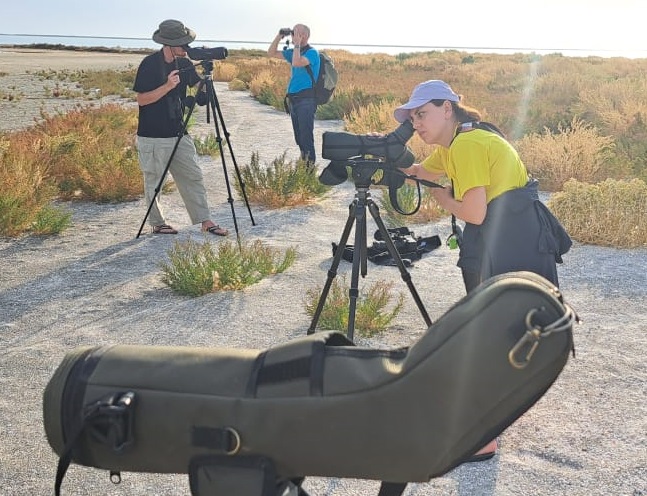




Редактирования Комментарий